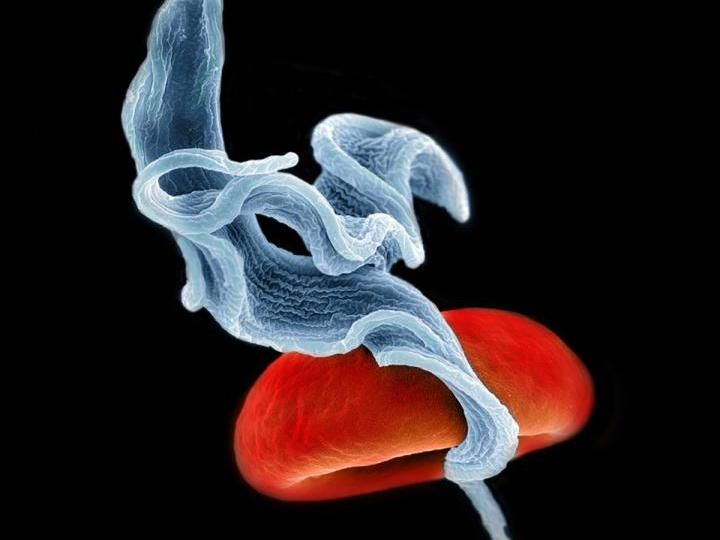Cell senescence is regulated by innate DNA sensing
cells in the body or in cultures eventually stop replicating. This phenomenon is called "senescence" and is triggered by shortening of telomeres, oxidative stress or genetic damage to the cells, either acute or simply due to the cell growing "old". Understanding the causes and impact of senescence can give us deep insights into the development of cancer and ageing. EPFL scientists have now discovered that a DNA-sensing mechanism of the innate immune system - which is pivotal for the immediate defense against pathogens -- controls cellular senescence. The work highlights potential novel anti-tumor and perhaps anti-ageing strategies.
When cells senesce, they undergo profound changes, including the secretion of several inflammation-mediating proteins (cytokines, chemokines, extracellular-matrix proteins, growth factors). The production of this "senescence-associated secretory phenotype" controls a number of biological processes such as wound healing and tissue repair, but also tumor formation and some age-related disorders. But although we know how senescence increases the activity of the genes for these proteins, we know very little about how the entire process begins in the first place.
The lab of Andrea Ablasser at EPFL found that senescing cells use a mechanism of the innate immune system to regulate the secretion of inflammation-mediating molecules. The innate immune system includes fast-acting but non-specialized cells (macrophages, neutrophils, mast cells etc.) that provide the first line of defense against the millions of potential pathogens to which humans are constantly exposed.
The innate immune cells use a host of pattern recognition receptors to sense and identify foreign parts of an invading pathogen, such as the DNA of a virus. DNA-sensing is accomplished through a two-receptor system comprising an enzyme called cGAS and an adaptor molecule called STING. Once activated, the cGAS-STING pathway triggers the production of inflammatory proteins that help fight off the pathogen.
Unexpectedly, the researchers now found that senescent cells in the body use the cGAS-STING pathway to regulate and facilitate their secretion of inflammation mediators. But in the context of senescent cells, it is the cell's own DNA that activates cGAS because of defects in the nuclear envelope integrity.
Examining the relevance of this fundamental mechanism, the study found that the cGAS-controlled secretion of cytokines appears to play a role in various contexts of senescence such oxidative stress, oncogene signaling and irradiation. The scientists also observed that at least irradiation and oncogene activation exert these actions through cGAS-STING in vivo as well.
The study shows that DNA sensing through the cGAS-STING pathway is an important regulator of senescence and the release of inflammatory mediators, and could also serve as surveillance system that protects the organism against neoplastic cells, which opens up new insights for our understanding of the development of cancer. Moreover, since the inflammatory response of senescent cells also promotes ageing, the cGAS-STING pathway could serve as new drug target to tackle age-related diseases.
Original publication
Original publication
Selene Glück, Baptiste Guey, Muhammet Fatih Gulen, Katharina Wolter, Tae-Won Kang, Niklas Arndt Schmacke, Anne Bridgeman, Jan Rehwinkel, Lars Zender, Andrea Ablasser; "Innate immune sensing of cytosolic chromatin fragments through cGAS promotes senescence"; Nature Cell Biology; 2017
Topics
Other news from the department science

Get the life science industry in your inbox
By submitting this form you agree that LUMITOS AG will send you the newsletter(s) selected above by email. Your data will not be passed on to third parties. Your data will be stored and processed in accordance with our data protection regulations. LUMITOS may contact you by email for the purpose of advertising or market and opinion surveys. You can revoke your consent at any time without giving reasons to LUMITOS AG, Ernst-Augustin-Str. 2, 12489 Berlin, Germany or by e-mail at revoke@lumitos.com with effect for the future. In addition, each email contains a link to unsubscribe from the corresponding newsletter.






















































